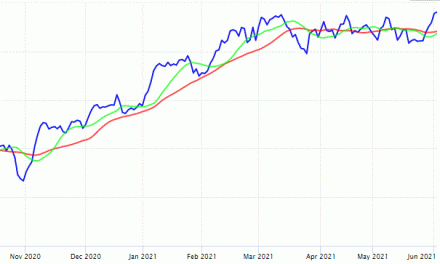
More Kudu suitors appear after London gas conference
Renewed interest has surfaced in the Kudu gas field when two representatives of Petrofund attended an oil and gas conference in London. After the conference, oilreviewafrica.com released a report indicating the possibility of a sponsor or investor for developing Kudu, saying that this may become reality before the end of this year.
Over the years, the Kudu gas field has attracted many potential investors in a variety of partnerships and joint ventures. Eventually, all of them have evaporated leaving behind strong clues that the project is not viable. Meanwhile, the momentum was maintained by a string of learned opinions all stressing the importance for bringing Kudu’s gas to shore to fire an 800 mW power station, if we were to avoid a local energy disaster. This was more or less mainstream thinking marred only by the fact that none of the many attempts to get the project off the ground, produced any tangible results.
Kudu was discovered in 1974 when Anglo American drilled a single hole to verify the assumptions derived from analysing a score of 2D seismic surveys. The first well proved the existence of a gas field without any additional quantitive work. As far as I know, two more wells were drilled, again to test assumptions about the extent and depth of the gas-bering layers. Then the project was shelved, changing hands many times over the past 43 years.
There are some facts about Kudu which are not commonly known, but neither are they secret. I suspect these facts are what ultimately sank the many attempts to commercialise the gas field.
The estimated Kudu reserves are about 3 trillion cubic feet or TCF in petroleum jargon. This is far short of the international benchmark of 8 TCF when a gasfield is deemed viable for extraction. In our neck of the woods, gasfields of this magnitude are found offshore South Africa and Mozambique. Both these fields have been quick to find investors and were subsequently developed.
The Kudu data rests on the strength of only three holes and a host of proprietory 2D and 3D seismic data. So, at best, the 3 TCF size is only an estimate. To determine the true extent, more holes need to be drilled but at around US$1 million per day, not many investors have the financial muscle or the willingness. It may be that the resource is substantially bigger than what we think but to establish this, a lot of money and confidence will be required. It may also turn out to be a dud.
Furthermore, Kudu sits smack on the international border between Namibia and South Africa. A simmering border dispute has been ongoing between the Namibian and the South African governments since Independence. We regard the middle of the mainstream of the Orange River as the international boundary while South Africa says it is the northern bank. This has never been resolved and was verified by us some 4 years ago, when a South African parliamentarian told us in no uncertain terms, that according to their interpretation, the boundary is the northern bank and nothing has changed.
What is not so well known is that the border dispute continues into the sea. The so-called departure angle of this line has also been in dispute since Independence and has never been resolved. It has also never been surveyed and mapped properly, not even during the so-called baseline survey conducted with the assistance of the Brazilian navy some years ago.
The continental departure angle of the sea boundary between us and South Africa is of critical importance since Kudu is located only a stone throw north of this line, as we interpret it. If this angle were to change, the line shifts, and the ownership of the ocean around Kudu turns into a major dispute. This is a serious risk since any new Kudu developer may find out that he needs to deal with the South African government instead of us, after spending a couple a million dollars.
The next impediment is the construction and maintenance of the proposed seabed pipeline that must convey the gas to the shore. There are many differences of opinion among engineers but I have been told in person that this pipeline will be prohibitively expensive because of natural conditions. That part of the South Atlantic is notorious for its 6 metre swells for half of the year, requiring heavy, specialised ships to lay the pipe.
The pressure inside a gas well is enormous, and it was stated explicitly that the pressure inside the pipe, coupled with the corrosive effect of the gas, will require continuous and expensive maintenance.
While the gas is essentially free, the deepwater equipment the project requires and the cost of the pipeline, ultimately determines the cost of the electricity generated onshore. About 15 years ago, I was shown some of the calculations and at that point, the electricity would have been roughly five times more expensive than Eskom’s coal-generated electricity.
What has changed in the meantime I do not know. What I do know is that no additional exploratory wells have been drilled, the location is still some 180 km out to sea, and the South Atlantic is just as rough as ever.













































